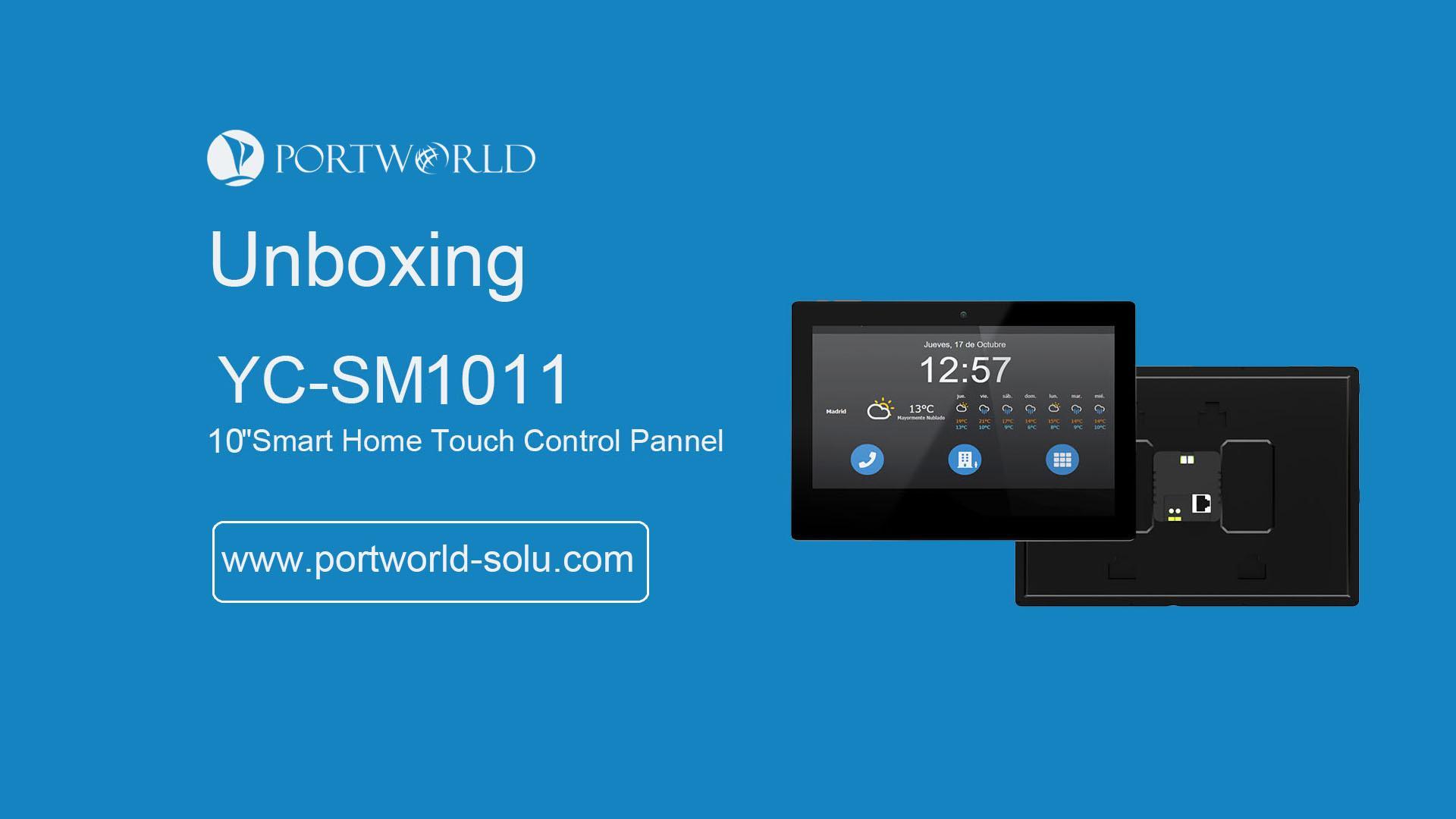As smart home technology continues to evolve, smart home control panels have become an essential part of modern living. These devices act as a central hub, allowing users to manage lighting, security, climate control, and other smart home functions with ease. However, with so many options available, selecting the right smart home control panel can be a daunting task. This guide will walk you through the critical factors to consider when choosing a smart home control panel that best suits your needs.
Key Considerations
1. Screen Size and Display Quality
The size and quality of the display significantly impact the user experience. Larger screens provide better visibility and a more immersive touch experience. Portworld offers options like 4-inch, 5-inch, and 10-inch smart control panels, each featuring high-resolution IPS displays with capacitive touch for precise and responsive control.
2. Operating System Compatibility
A smart home control panel's operating system determines the applications and integrations it supports. Android-based panels, such as Portworld’s YC-SM1011, offer extensive app compatibility, while Linux-based options provide greater flexibility for developers and system integrators.
3. Connectivity and Integration
Smart control panels should seamlessly integrate with your existing smart home ecosystem. Look for features such as:
-
WiFi and Ethernet (RJ45 with PoE) for reliable internet connectivity.
-
Bluetooth for easy pairing with other smart devices.
-
Support for Zigbee, Z-Wave, or Matter to ensure compatibility with a wide range of smart home products.
Portworld’s control panels come equipped with WiFi, Bluetooth, and PoE support, ensuring smooth integration with various platforms.
4. Installation and Mounting Options
Smart home control panels can be wall-mounted or placed on a desk. Consider panels that support multiple wall switch box standards, such as:
-
86 Type (UK, China, etc.)
-
EU Type
-
US Type
Portworld’s products, including the YC-SM10P and YC-SM55P, are designed for seamless installation across different regional standards.
5. Customization and Software Support
If you need specific functions, opt for a control panel that allows custom firmware, UI customization, and third-party app installations. Portworld’s panels support Android, Debian, Ubuntu, and BuildRoot, giving developers and integrators maximum flexibility.
Conclusion
Selecting the right smart home control panel involves evaluating display quality, OS compatibility, connectivity options, installation methods, and customization capabilities. Portworld’s extensive lineup of smart home control panels provides high-quality, customizable solutions tailored to different user needs. Whether for home automation or commercial applications, investing in the right panel will enhance your smart home experience.
2. The Advantages of PoE-Enabled Smart Home Control Panels

